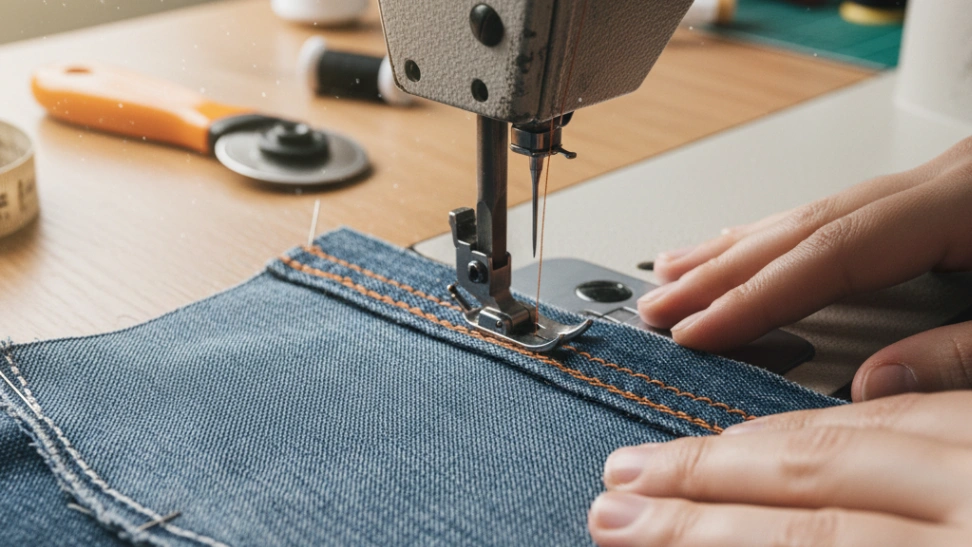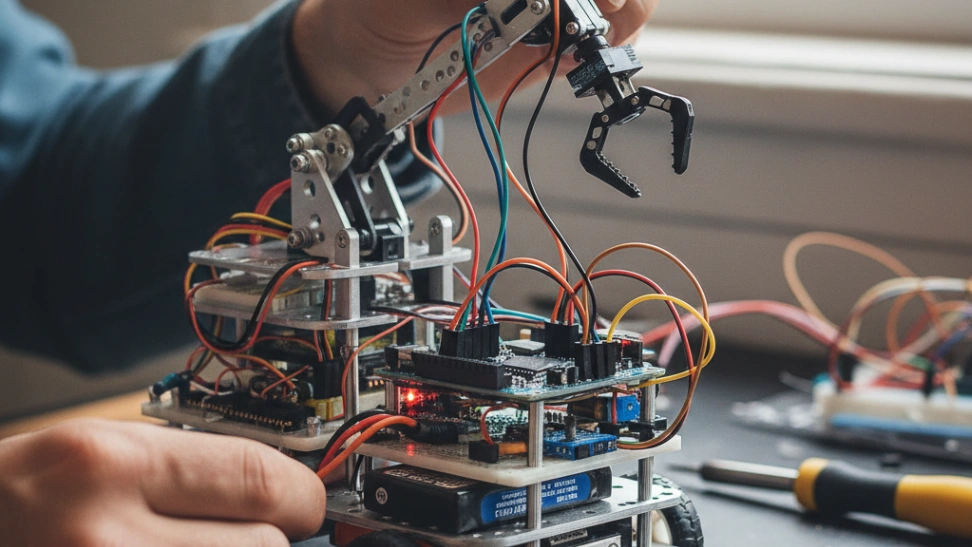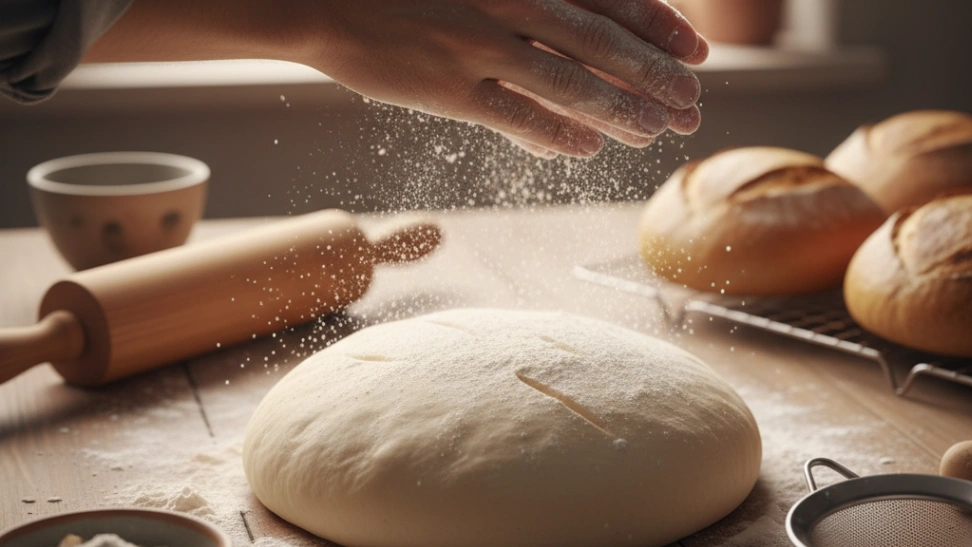Is This Hobby For You?
Ideal for those who love hands-on creation, personalized style, and a rewarding challenge of bringing fabric to life.
Why You'll Love It
- Create unique, custom-fitted clothing that reflects your personal style.
- Develop valuable practical skills in sewing, design, and problem-solving.
- Enjoy endless creative possibilities, from simple repairs to intricate bespoke garments.
Good to Know Before You Start
- Requires an initial investment in a sewing machine and basic supplies.
- Can be time-consuming, with projects often requiring significant dedication.
- Demands patience and precision, as mistakes can be frustrating but offer learning opportunities.
Hobby Traits
How the community rates this hobby.
Getting Started: The Essentials
The basic requirements to begin your journey with Garment Construction.
Startup Cost
$400
Community-voted average
Ongoing Cost
Medium
Monthly upkeep estimate
Essential Gear
Sewing Machine
Essential for efficient and strong seams, a basic mechanical machine is sufficient for beginners.
Fabric Shears
Sharp scissors dedicated solely to cutting fabric, ensuring clean, precise edges.
Pins & Pincushion
Used to hold fabric pieces together before sewing and for pattern placement.
Measuring Tape
Flexible tape for accurate body measurements and fabric layout.
Seam Ripper
An indispensable tool for carefully unpicking stitches when mistakes occur.
Iron & Ironing Board
Crucial for pressing seams open and creating crisp edges, making a professional finish.
Commercial Pattern
A pre-designed guide with instructions and pattern pieces, perfect for learning garment construction.
Learning Curve
Overall Difficulty: Medium
Associated Skills
Skills you can expect to develop while pursuing this hobby.
A Closer Look at the Traits
Relaxing
A calm, low-key pursuit that helps you unwind and de-stress.
Very Practical
Results in a tangible skill or useful item, focusing on practical outcomes.
Purely Indoors
Best enjoyed in the comfort of your own home or a dedicated indoor space.
Moderately Mental
Primarily a mental activity, but may have some light physical components.
Purely Creative
A highly creative and expressive outlet for your imagination and artistic side.
Very Solo
A deeply personal and solitary activity, perfect for quiet time and introspection.
Frequently Asked Questions
Hobby Traits
How the community rates this hobby.



